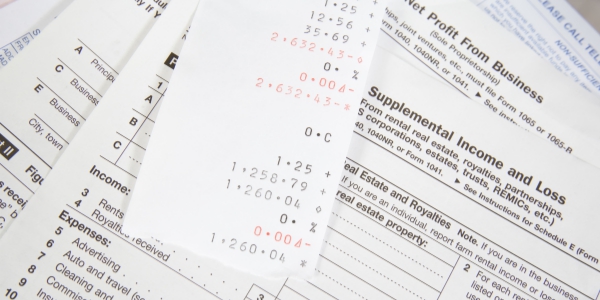Do I Have to File a Tax Return?
This is a question many taxpayers ask during this time of year, and the question is far more complicated than people believe. To fully understand, we need to consider that there are times when individuals are REQUIRED to file a tax return, and then there are times when it is to individuals’ BENEFIT to file a return even if they are not required to file.
When individuals are required to file:
- Generally, individuals are required to file a return if their income exceeds their filing threshold, as shown in the table below. The filing thresholds are the sum of the standard deduction for individual(s) and the personal exemption for the taxpayer and spouse (if any).
- Taxpayers are required to file if they have net self-employment income in excess of $400, since they are required to file self-employment taxes (the equivalent to payroll taxes for an employee) when their net self-employment income exceeds $400.
- Taxpayers are also required to file when they are required to repay a credit or benefit. For example, if a taxpayer acquired health insurance through a government marketplace and received advanced premium tax credit (APTC) they are required to file a return whether or not they are otherwise required to file. A return is required in order to reconcile the APTC with the premium tax credit they entitled based upon their household income for the year. So generally if you receive a 1095-A you are required to file.
- Filing is also required when a taxpayer owes a penalty, even though the taxpayer’s income is below the filing threshold. This can occur, for example, when a taxpayer has an IRA 6% early withdrawal penalty or the 50% penalty for not taking a required IRA distribution.
2016 – Filing Thresholds
Filing Status Age Threshold
Single Under Age 65 $10,350
Age 65 or Older 11,900
Married Filing Jointly Both Spouses Under 65 $20,700
One Spouse 65 or Older 21,950
Both Spouses 65 or Older 23,200
Married Filing Separate Any Age 4,050
Head of Household Under 65 $13,350
65 or Older 14,900
Qualifying Widow(er) Under 65 $16,650
with Dependent Child 65 or Older 17,900
When it is beneficial for individuals to file: There are a number of benefits available when filing a tax return that can produce refunds even for a taxpayer who is not required to file:
- Withholding refund – A substantial number of taxpayers fail to file their return even when the tax they owe is less than their prepayments, such as payroll withholding, estimates, or a prior overpayment. The only way to recover the excess is to file a return.
- Earned Income Tax Credit (EITC) – If you worked and did not make a lot of money, you may qualify for the EITC. The EITC is a refundable tax credit, which means you could qualify for a tax refund. The refund could be as high as several thousand dollars even when you are not required to file.
- Additional Child Tax Credit – This refundable credit may be available to you if you have at least one qualifying child.
- American Opportunity Credit – The maximum for this credit for college tuition paid per student is $2,500, and the first four years of postsecondary education qualify. Up to 40% of the credit is refundable when you have no tax liability, even if you are not required to file.
- Premium Tax Credit – Lower-income families are entitled to a refundable tax credit to supplement the cost of health insurance purchased through a government Marketplace. To the extent the credit is greater than the supplement provided by the Marketplace, it is refundable even if there is no other reason to file.
DON’T PROCRASTINATE! There is a three-year statute of limitations on refunds, and after it runs out, any refund due is forfeited. The statute is three years from the due date of the tax return. So the refund period expires for 2016 returns, which were due in April of 2017, on April 15, 2020.
For more information about filing requirements and your eligibility to receive tax credits, please contact us.



